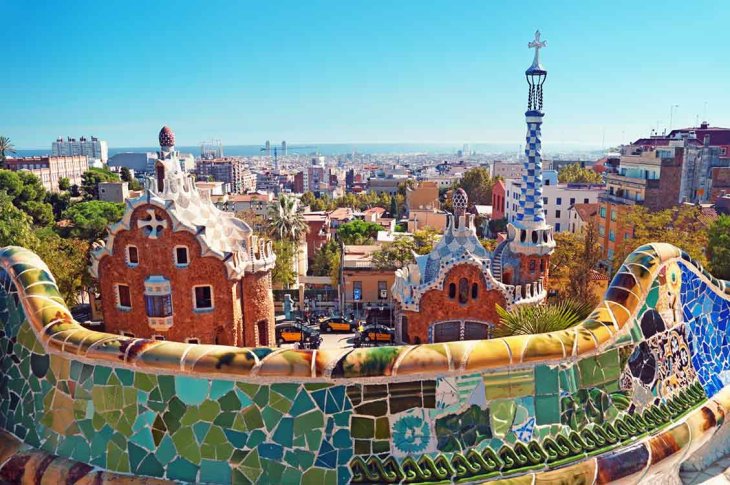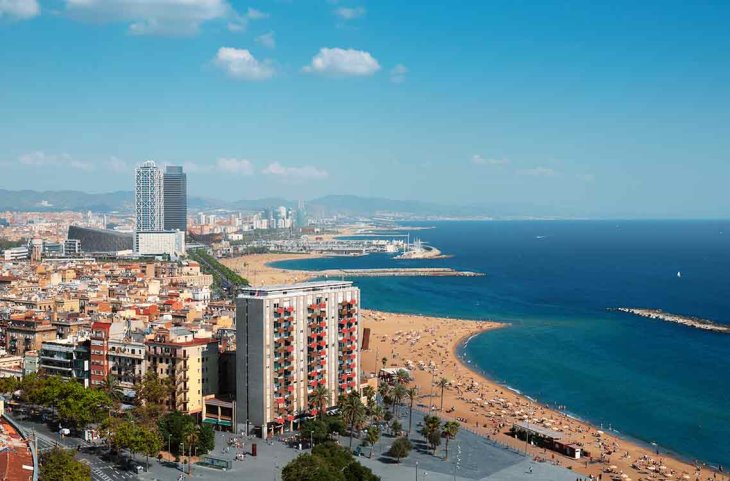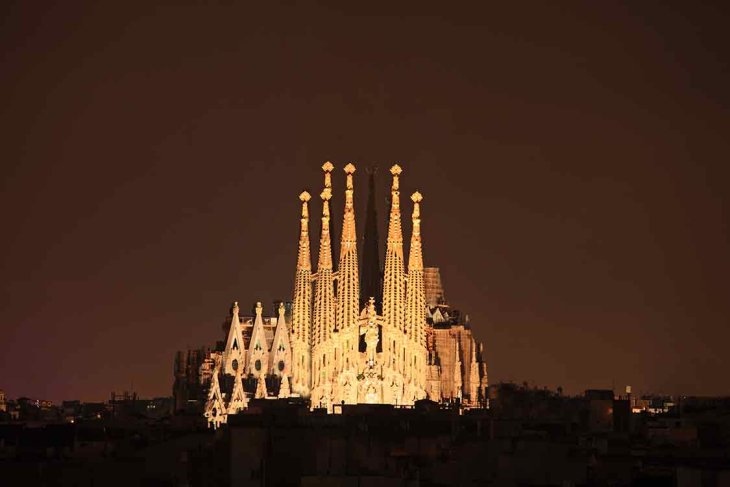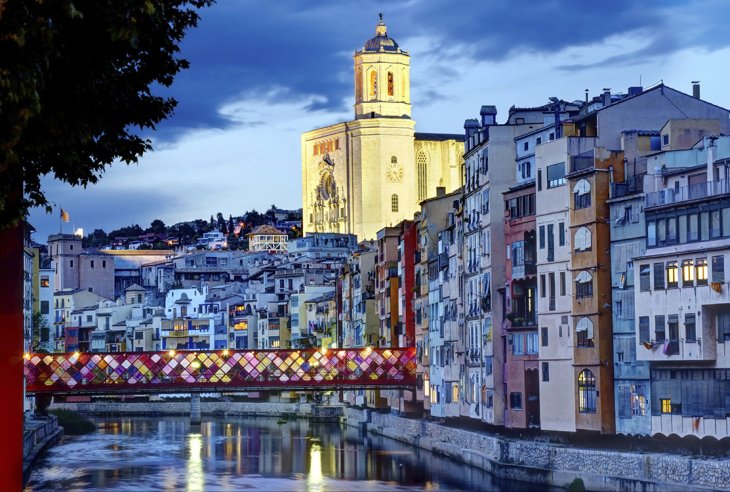
Barcelona is the capital city of the autonomous community of Catalonia in Spain and is the country's second most populated city, boasting a population of around 1.6 million.
Located on the coast between the mouths of the rivers Llobregat and Besòs, Barcelona boasts a rich history that is largely unrivalled and includes a number of high-profile World Heritage sights.
As a result, the city is one of the world's brightest tourist, economic, trade fair and cultural centres, and was named the fourth most economically powerful city by GDP in the European Union in 2008. Part of its strong economic foundation has been founded on Barcelona's status as a crucial transport hub for the rest of Europe.
Alongside one of Europe's principal seaports, Barcelona's El Prat Airport handles above 35 million passengers per year, while an extensive motorway network and a high-speed rail line with a link to France and the rest of Europe. While the locals will be sure to distance their city from the rest of Spain, it is certainly a city with arms that run across the world.
Currency
The Euro is currency used both in Spain and the UK. The exchange rate is roughly €1 to £0.8.
Customs
Barcelona has a reputation for being a very laid back city, with many of the locals getting up late and staying up late. Nowhere is this more evident than during meal times. Most of the locals will choose to take their lunch between 2pm and 4pm, with dinner usually served from 9pm to 11pm.
As with many other tourist destinations, tipping is a widely held custom in Barcelona and should not be ignored. Most establishments in the city will include a surcharge, but a tip on top of that is still customary. High-end restaurants in Barcelona charge ten per cent in tax to the bill, while budget restaurants will often incorporate it into the prices in the menu. If you are taking a taxi, an additional ten per cent of the fare is the usual tip for a driver.
One of the things that makes Barcelona unique is the fact that not all of its customs and traditions are reserved for locals. A common tale among locals is that if a visitor drinks water from the fountains near the top of Las Ramblas, they will come back to the city one day. A large number of tourists seem to buy into it.
Getting Around

Barcelona has an extensive public transport network, making it easy to explore this beautiful city.
The Metro has 11 lines serving 169 stations, and there are over 100 bus lines (including night buses). There are hop-on-hop-off buses, known as their 'touristic buses', which serve three different routes.
Taxis are black and yellow and show a green light when they are free. There are four different tariffs depending on the time and the day you are travelling.
The tram has been open since 2004 and has six lines, and there are also three funicular lines in Barcelona. The Funicular de Montjuïc connects you to the cable car that takes you up to the castle.
There are plenty of travelcard options available, including their Hola BCN! cards which are valid for two or more days.
What to see

Las Ramblas itself is certainly worth a visit. The tree-lined pedestrian mall stretches for 1.2 kilometres and connects Plaça de Catalunya in the centre with the Christopher Columbus Monument at Port Vell.
Forming the boundary between the quarters of Barri Gòtic, to the east, and El Raval, to the west, this walk can be crowded, particularly during the height of the tourist season.
If you do decide to take a look here, it is important to be vigilant with belongings, as it has been known to suffer from the attention of pickpockets.
Without a doubt, one of the city's top attractions is its collection of modernista architecture, particularly the works of Antoni Gaudí.
The most famous pieces of his work are the the Sagrada Família and the Park Güell, the latter being a space that's out of a fairy tale and emulates an English garden city.
There is certainly a love of football here. The 98,000-capacity Camp Nou is arguably one of the world's most iconic football stadiums, and the club, FC Barcelona, is deeply treasured by the locals, who describe it as "Mes Que Un Club" or "More than a club". Even if you don't get a chance to catch a match, the stadium itself is well worth a visit, rivalling Barcelona's cathedral in the Gothic Quarter as the city's primary place of worship.
Those looking for sun worship are unlikely to be disappointed either, with Barcelona's coastline offering around three miles of sandy beaches that will please even the fussiest of visitors. There are four main beach areas just 10 minutes from the city centre - it's not a deserted Caribbean style beach but it is good quality for a city beach.
Where to drink

Unsurprisingly, Barcelona abounds with great bars and restaurants that will suit any taste. Head over to the Gothic quarter and you'll find the Mingus Bar, named after a jazz legend of the same name.
Barcelona is a city renowned for its tapas and this place is up there with the best of them, producing tasty meatballs and an amazing ensaladilla rusa. Oh, and there’s great beer on tap.
For those looking for something a little more upbeat, there's Psycho in El Poble-Sec. Named after a song by The Sonics, this rock and roll bar has it all, including a small back room where you can sweat it out with the best of them. A perfect place to go if catching a gig at the nearby Apollo Concert Hall.

